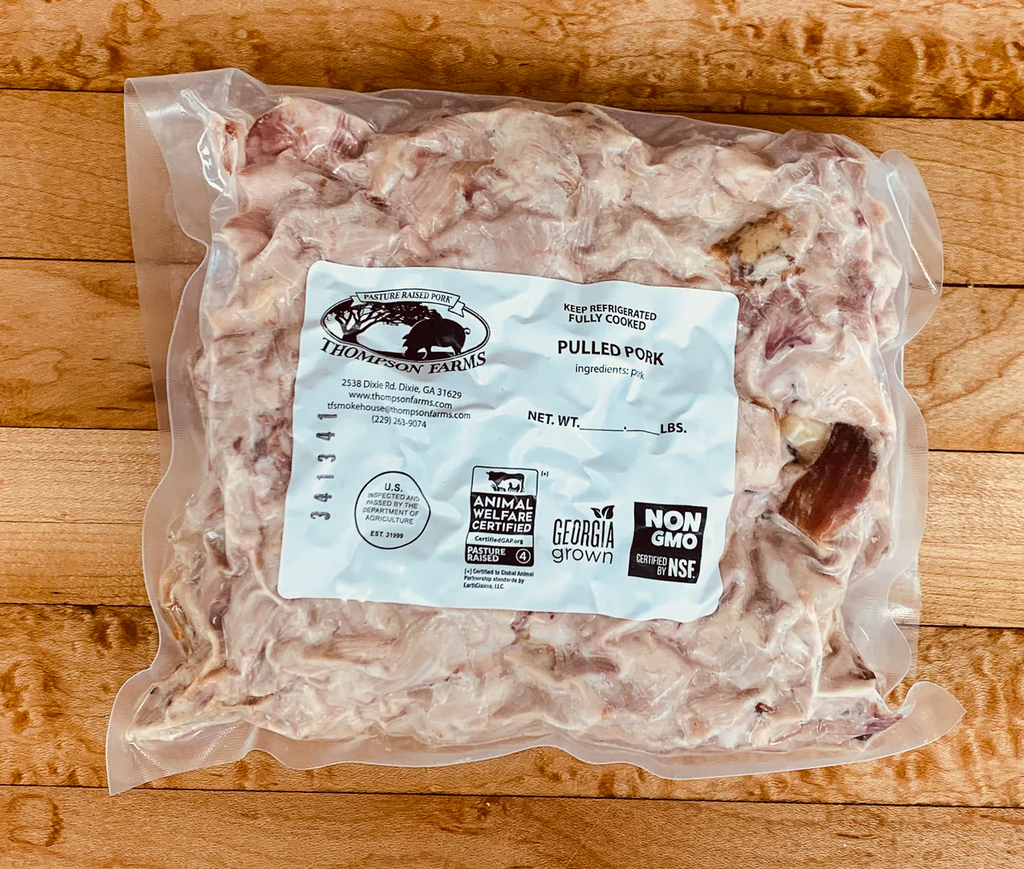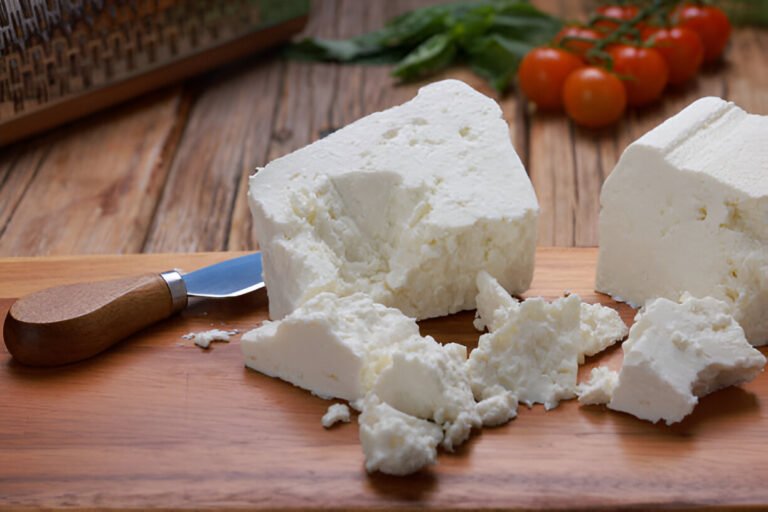How Much Does a Pound of Pulled Pork Cost? A Guide to Pricing
Pulled pork takes me back to summer barbecues and backyard fun. Its tender, smoky strands have a way of bringing people together around the table.
I clearly recall planning a big grill party last summer. I searched for the best deals on pulled pork to feed everyone.
Finding the perfect balance between quality and affordability was the focus, not just about saving money. Pulled pork is a popular dish. However, its cost can vary a lot based on where you get it and how it’s made.
Have you ever wondered about the cost of pulled pork in a grocery store or on a restaurant menu? The price can vary based on several factors. Your location matters, as does whether you buy it pre-made or cook it yourself. The quality of the meat also plays a big role in the price. It’s a question that often pops up when planning meals for gatherings or budgeting for a barbecue feast.
In this blog post, I’ll share the average cost of pulled pork per pound. I’ll also discuss what affects the price and give tips to help you save money. By the end, you’ll know what to expect. You’ll see how to make pulled pork tasty and budget-friendly for your next meal. Let’s dive in!
How Much Does Pulled Pork Typically Cost?

The typical cost of a pound of pulled pork can vary within a range of $5 to $15, contingent on several factors.
These include the meat’s quality and origin, whether it’s sold cooked and seasoned or raw, and where you choose to purchase it.
“Southeast Asian salads are a great balance of salty, sweet-sour, and spicy. Pork and seafood are required ingredients, but the seafood can be anything from prawns and squid to crab meat or even tiny bits of firm fish like monkfish, gurnard, or John Dory.
– Rick Stein, Chef
Supermarkets usually have cheaper options. But specialty butcher shops, delis, and restaurants charge more for their skills and preparation.
Pulled pork comes in various prices. This makes it great for any budget. You can enjoy it as a cheap meal or a fancy dining choice.
| Also Read: How Long Can Pulled Pork Stay In The Fridge? |
What Determines the Price of Pulled Pork?
- Meat Quality: The meat quality, such as the meat cut and grade, significantly impacts the price. Higher-quality cuts generally come at a premium.
- Source of Meat: The source of the meat, whether it’s locally sourced, organic, or from a specialty provider, can affect the cost.
- Cooking Methods: Pre-cooked pulled pork may cost more due to extra seasoning and preparation compared to raw meat.
- Seasonings and Flavors: Using unique rubs, sauces, and marinades can contribute to variations in price.
- Location: Prices can vary based on your region and local market conditions.
- Provider Type: If you buy from a supermarket, butcher shop, deli, or restaurant, it can lead to different pricing due to varying levels of expertise and service.
- Portion Sizes: Of course, the quantity you purchase can influence the overall price.
- Packaging and Presentation: Premium packaging, ready-to-eat options, or special presentation might impact costs.
- Additional Sides: Some providers or preferred butchers may offer pulled pork with sides. These can affect the final price.
| Check out: What To Do With Pork Fat Trimmings? |
Does the Source of Purchase Affect the Price?
The source of purchase greatly determines the price of pulled pork. Where you buy your pulled pork – whether it’s from a local butcher, a deli, a specialty restaurant, or a supermarket – can lead to varying price points.
Specialty providers usually deliver high-quality, carefully prepared options. However, these come at a higher price because of their expertise and focus on detail.
On the other hand, supermarkets might offer more budget-friendly choices, catering to a broader range of consumers.
Are There Cost Differences Between Homemade & Store-Bought?
Yes, there are often cost differences between homemade pulled pork and store-bought options.
Making pulled pork at home costs more upfront for ingredients and time. However, it can save you money in the long run.
“Savoring the succulence of a pound of pulled pork is not just a culinary pleasure but a journey through flavors and value. The price per pound unveils a tale of craftsmanship, ingredients, and the love put into perfecting this dish.”
– Eat Gap Restaurant & Food Advice
You control the meat quality, seasonings, and cooking methods. This can result in a larger yield and more servings per pound.
Store-bought pulled pork may have extra costs for preparation and packaging. This can make it more expensive.
But store-bought options are tempting, especially when you’re short on time or effort.
| Read: How Long Does Pork Belly Last In The Fridge?Read: How Long Does Pork Belly Last In The Fridge? |
What Other Factors Should I Consider?
- Special Preparations: Pulled pork with unique methods or flavors might come at different prices.
- Special Offers: Look out for special deals, discounts, or promotions that can provide more value for your money.
- Customization: Some providers offer options to customize your pulled pork. You can tailor it to your taste, but this may slightly change the price.
Choosing the Right Meat Cut for Pulled Pork
People are choosing the correct cut of pork for the most tender and flavorful pulled pork. The most common cuts for pulled pork include pork shoulder and pork butt, both of which are popular for their ability to break down during slow cooking. Each cut offers different price points and cooking characteristics. For example, pork shoulder tends to be more affordable, while brisket, though flavorful, can be pricier.
Here’s a quick breakdown of popular cuts and cost considerations:
- Pork Shoulder: Affordable, great for long, slow cooking
- Pork Butt: Slightly higher in cost, offers more marbling for juicy meat
- Brisket: Expensive, but very flavorful with a rich, smoky taste
Consider the marbling and fat content of the cut, as they directly impact the tenderness and flavor. More fat typically means a juicier, more flavorful result, especially after slow cooking. Understanding these factors can help you choose the best cut for your pulled pork.
Is Pulled Pork Worth the Price?
When it comes to affordability, pulled pork often outshines other popular proteins like brisket or chicken. Brisket, known for its rich, smoky flavor, can cost upwards of $2.50 per serving, while chicken, though cheaper, lacks the depth of flavor and hearty texture that pulled pork provides.
Pulled pork, by contrast, averages around $1.50 per serving, making it a budget-friendly option for feeding a crowd without compromising on taste.
What truly sets pulled pork apart is its versatility. Whether piled onto a sandwich, served with coleslaw, or used as a taco filling, pulled pork adapts to countless dishes. Its tender texture and smoky flavor profile elevate meals in a way that simpler proteins often can’t. Brisket may be indulgent, but pulled pork provides similar satisfaction at a fraction of the cost.
| Protein | Cost per Serving | Uses |
| Pulled Pork | $1.50 | Sandwiches, tacos, sides |
| Brisket | $2.50 | Sliced, sandwiches, platters |
| Chicken | $1.00 | Salads, wraps, grilled meals |
Beyond price and versatility, pulled pork also wins in serving size. A single pork shoulder can yield several pounds of meat, stretching into multiple meals. For anyone seeking maximum value without sacrificing bold flavor, pulled pork is a clear winner.
FAQs on Price of a Pound of Pulled Pork
How many servings is a lb of pulled pork?
A pound of pulled pork can serve approximately 3 to 4 people, depending on portion sizes and appetites. This estimate assumes a moderate serving size of about 4 to 6 ounces per person.
How many people will 1 kg of pulled pork feed?
One kilogram (approximately 2.2 pounds) of pulled pork can typically feed around 6 to 8 people, assuming a moderate serving size of about 150 to 200 grams (5 to 7 ounces) per person.
In Conclusion
Understanding the cost of a pound of pulled pork involves considering various factors influencing its price.
Whether you’re exploring options at local markets, butcher shops, delis, or even contemplating making it at home, the price per pound reflects the quality, preparation, and expertise behind this delectable dish.
By delving into these considerations, you can make informed choices that align with your preferences and budget, ensuring that every bite of pulled pork delivers value and flavor to your table.







